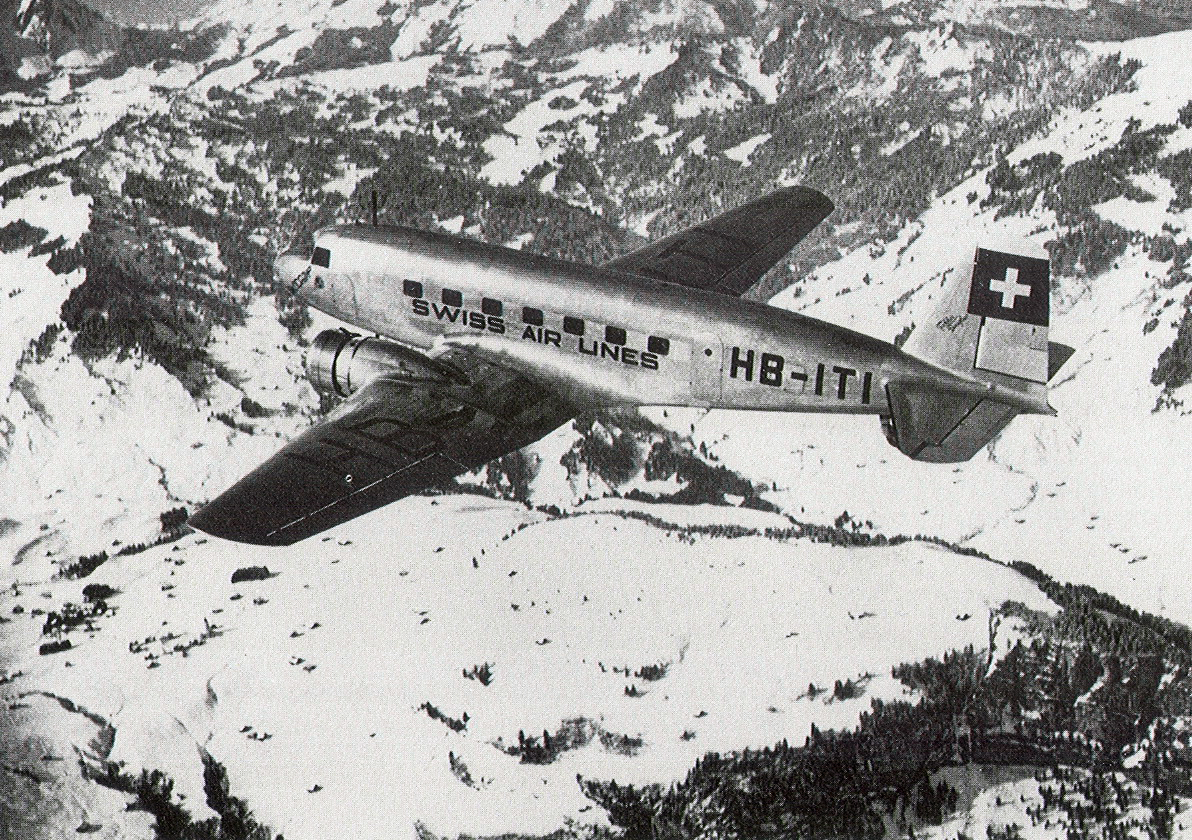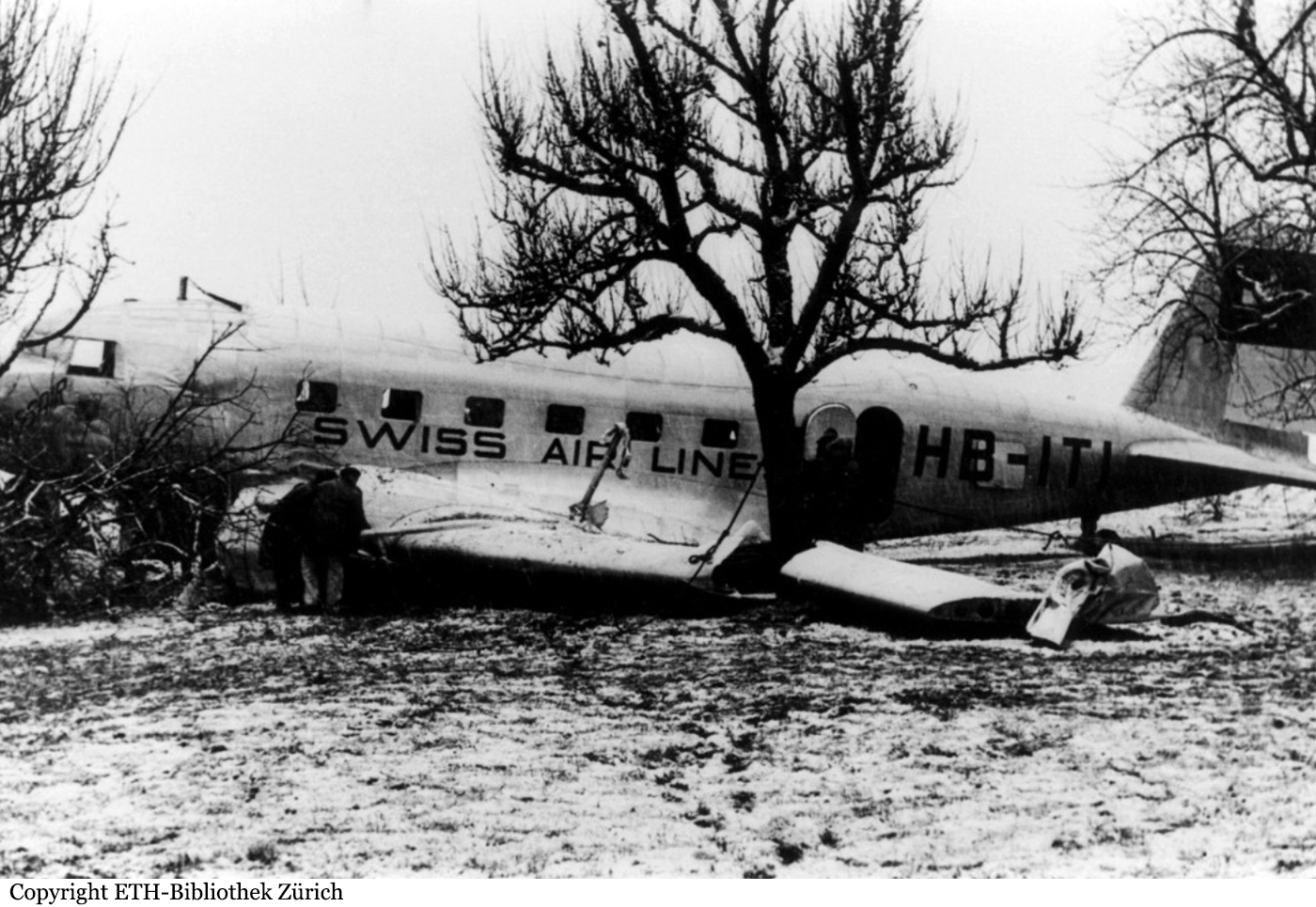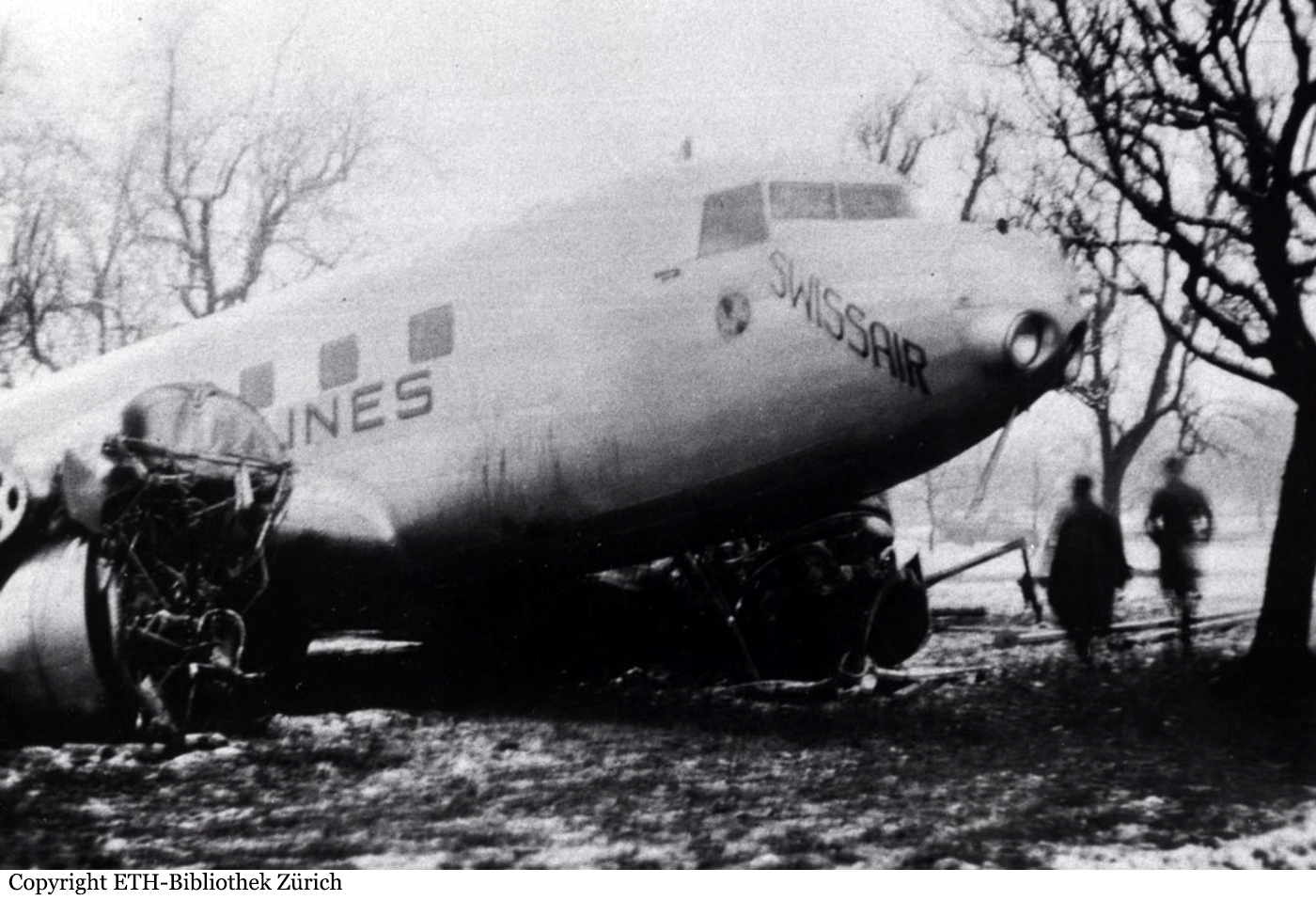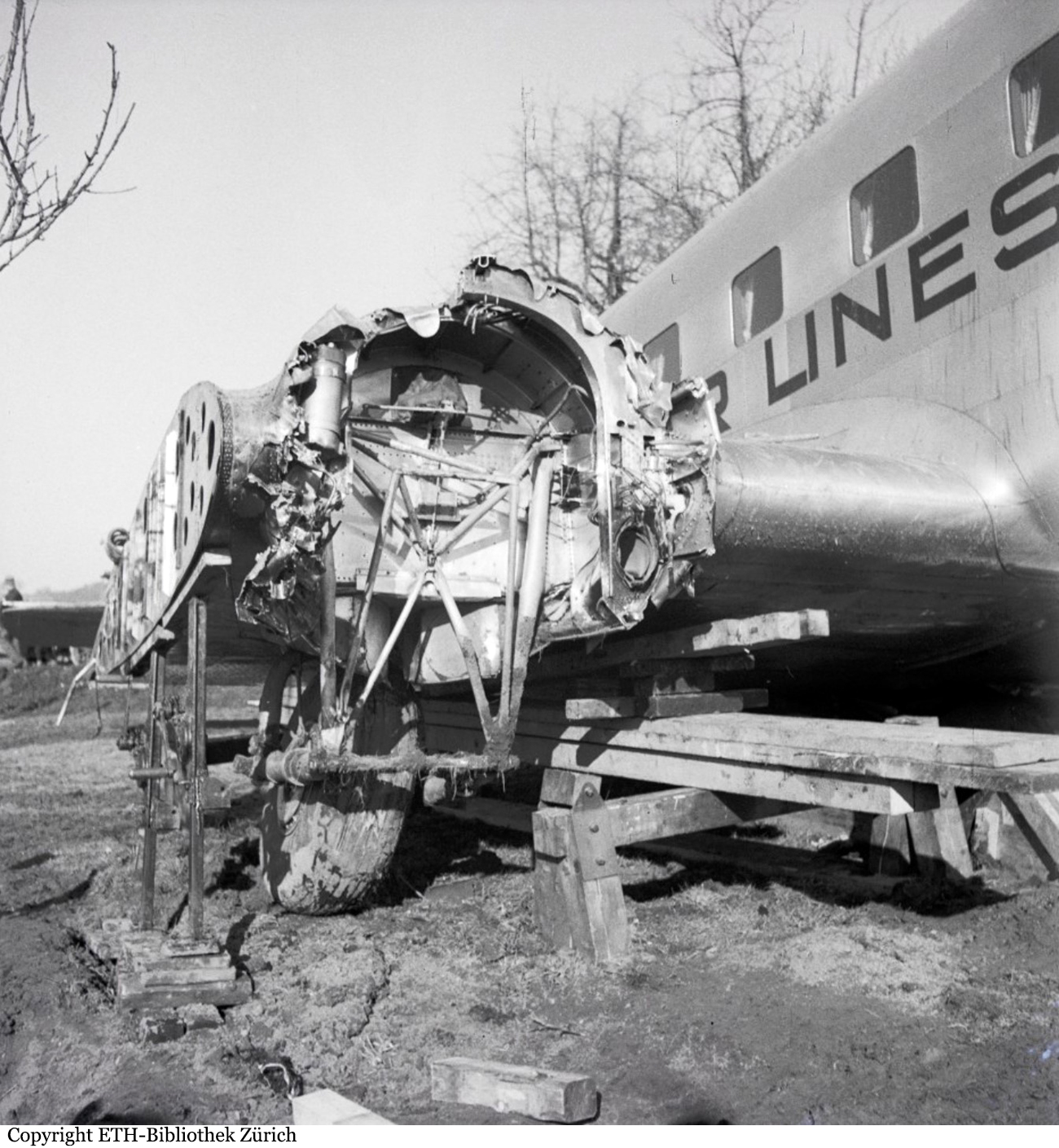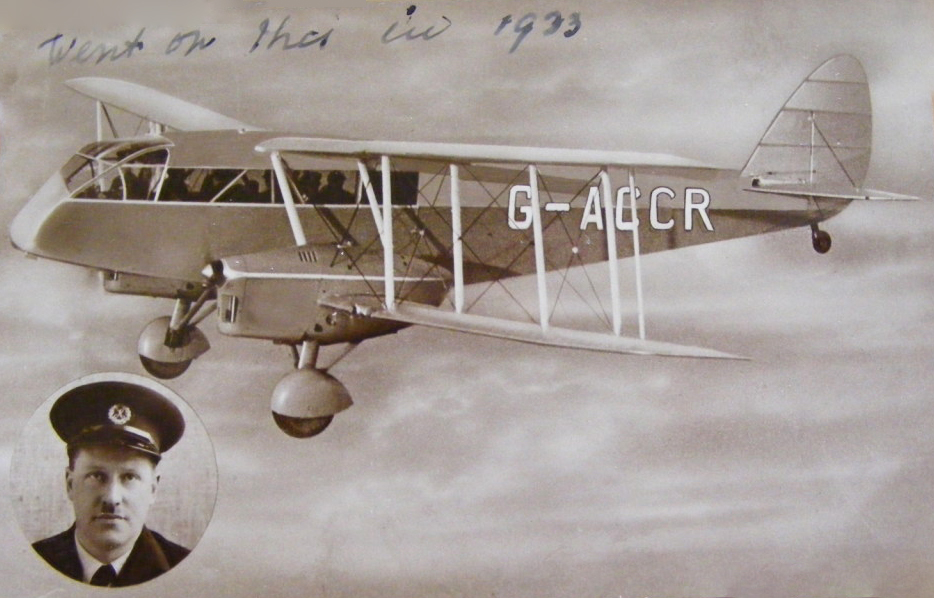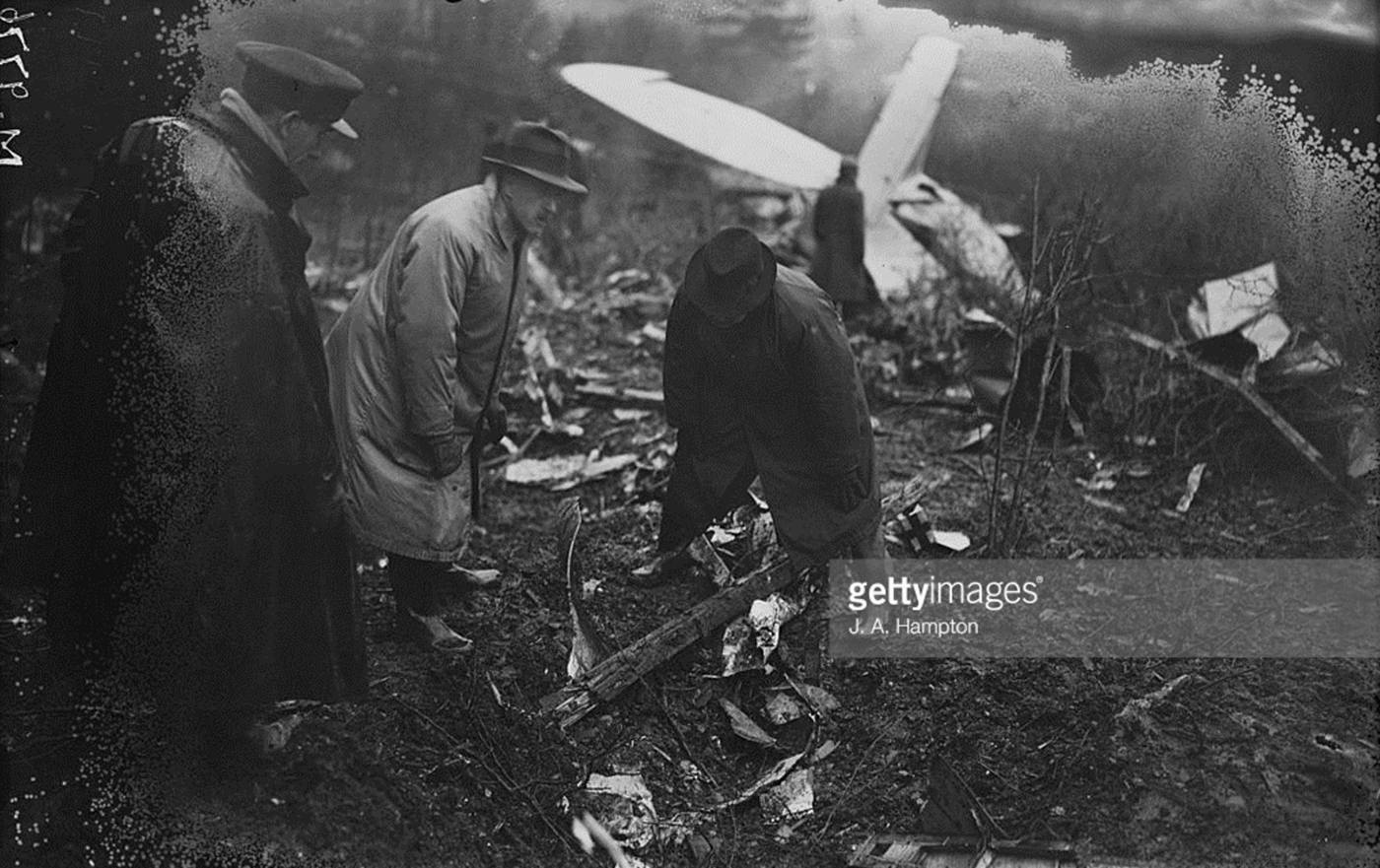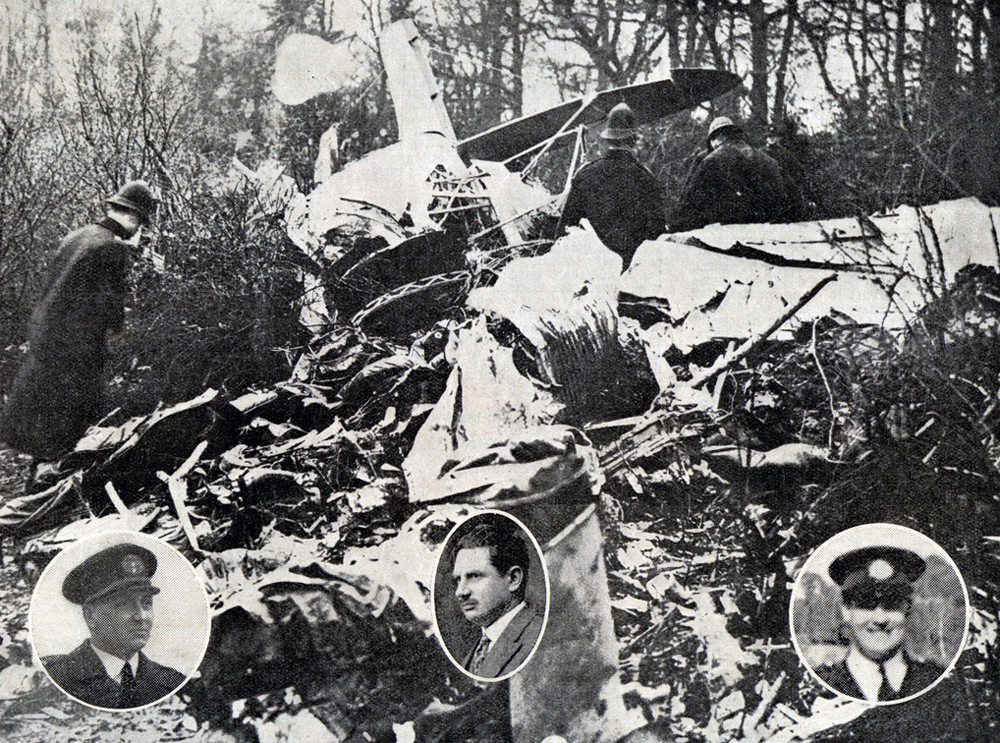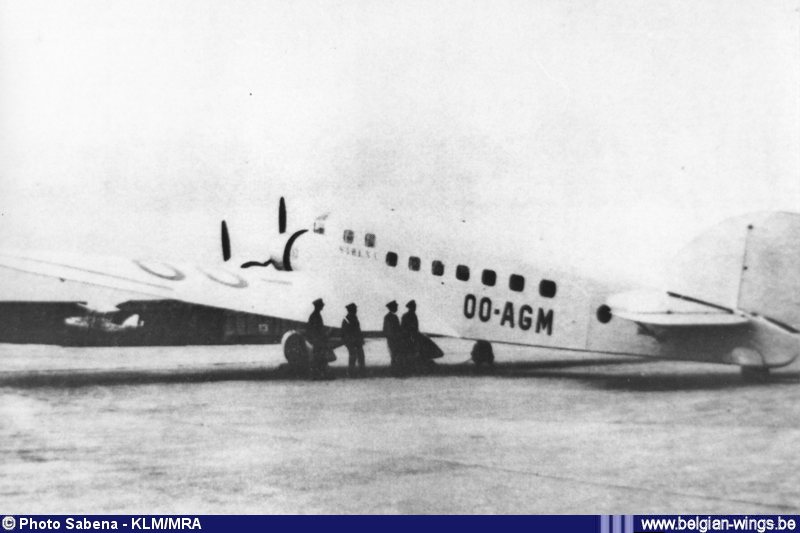Crash of a Vickers 212 Vellox in Croydon: 4 killed
Date & Time:
Aug 10, 1936 at 0200 LT
Registration:
G-ABKY
Survivors:
No
Schedule:
Croydon – Paris
MSN:
1
YOM:
1934
Crew on board:
4
Crew fatalities:
Pax on board:
0
Pax fatalities:
Other fatalities:
Total fatalities:
4
Circumstances:
The airplane departed Croydon Airport on a night mail flight to Paris-Le Bourget, carrying four crew members. Shortly after takeoff, while in initial climb, the airplane encountered difficulties to gain height then stalled and crashed in a garden located in Hillside Gardens, less than a km from the airport, bursting into flames. The aircraft was totally destroyed and all four occupants were killed.
Crew:
Cpt Lionel Frank Hastings Orr, pilot,
Cpt Stanley Miles Fergusson, pilot,
Robert Arbuckle, wireless operator,
Jeffrey Denis Dear, wireless operator.
Crew:
Cpt Lionel Frank Hastings Orr, pilot,
Cpt Stanley Miles Fergusson, pilot,
Robert Arbuckle, wireless operator,
Jeffrey Denis Dear, wireless operator.
Probable cause:
The following factors were identified:
- The accident was due to a sudden loss of engine power occurring in circumstances that were unfavourable for and may even have rendered impossible the carrying out of a successful forced landing,
- That the cause of the sudden loss of engine power cannot be determined, but that the evidence is suggestive of the starboard engine having been either the first or the only engine to fail, and
- The most likely cause was either some obstruction of the fuel system or incorrect setting of the fuel controls.
- The accident was due to a sudden loss of engine power occurring in circumstances that were unfavourable for and may even have rendered impossible the carrying out of a successful forced landing,
- That the cause of the sudden loss of engine power cannot be determined, but that the evidence is suggestive of the starboard engine having been either the first or the only engine to fail, and
- The most likely cause was either some obstruction of the fuel system or incorrect setting of the fuel controls.






